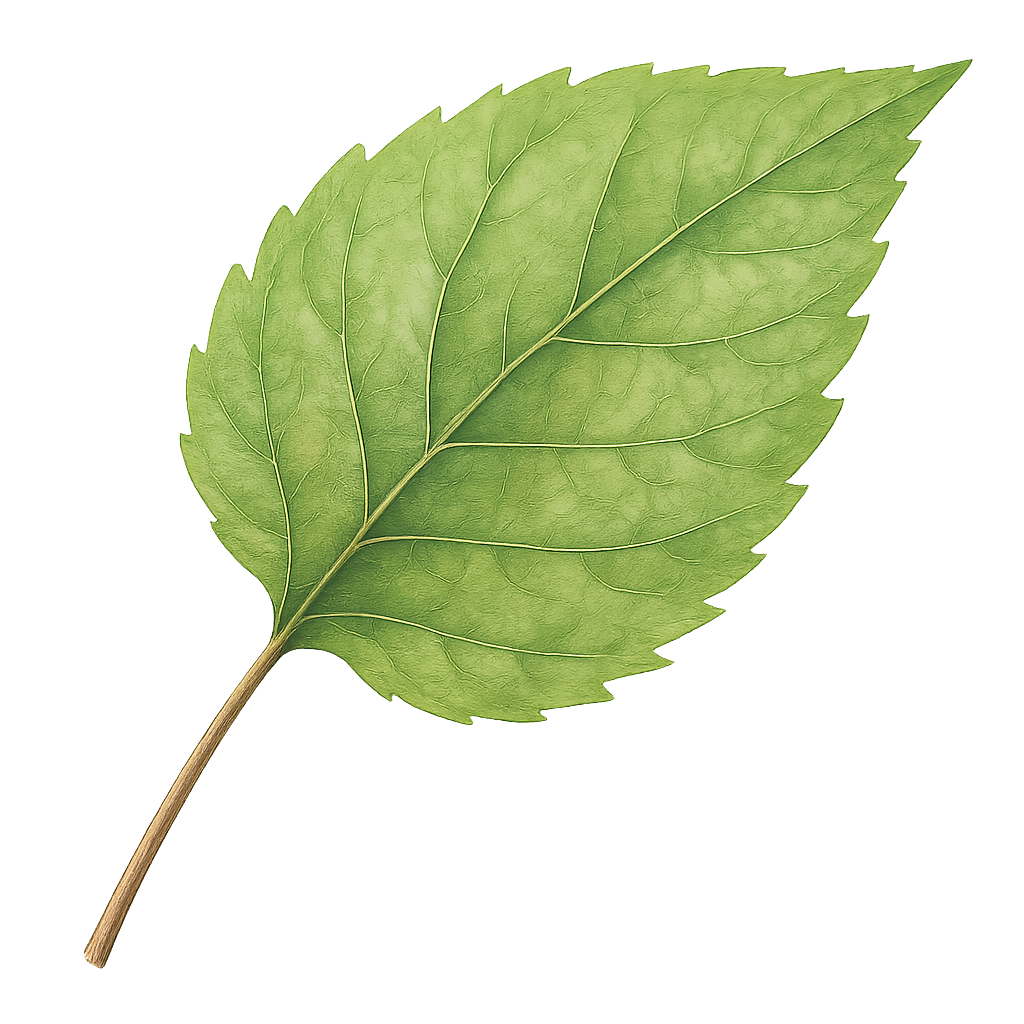
Evidence-driven consulting in plant stress biology, plant-microbe interactions, and plant ecotoxicology
Dr. Polina Volkova · Doctor of Sciences · PhD · 40+ peer-reviewed papers · EBIC member · UNSCEAR expert
Services
Strain dossiers
Genomics and metabolomics data analysis
Safety analysis
Experimental design and statistical support
Pricing: €100 per hour + VAT (custom proposals for larger projects)
Experimental design & data analysis
RNA-seq, proteomics, metabolomics
Clear visualisation of results
Executive summary
Pricing: €100 per hour + VAT (custom proposals for larger projects)
Study design for acute and chronic exposures
Endpoint selection & power analysis
Multi-omics and physiological markers for mechanistic insight
Evidence documentation in compliance with ICRP, UNSCEAR, IAEA
Pricing: €100 per hour + VAT (custom proposals for larger projects)
About the company
I am Polina Volkova, Doctor of Sciences in Radiobiology and Genetics, PhD in Radiation Biology, and the founder of PlantEnv Consulting BV. My work is driven by a passion for understanding how plants and their microbial partners adapt to stress — from environmental pollution to climate extremes. With more than 15 years of research experience and 40+ peer-reviewed publications, I help organisations translate complex data into practical strategies for resilient crops, credible biostimulant products, and sound ecological risk assessments.
Background
With over fifteen years of research and consulting experience, I bring a unique combination of field expertise, laboratory precision, and academic leadership. During my career in Academia, I advanced from lab technician to professor and head of department, mentoring students, building research programmes, and securing significant competitive research funding to support them.
Currently, I hold a senior role in the biotechnological industry, directing R&D teams and guiding product development for biostimulants and microbial technologies. This dual perspective — academic rigour and practical business focus — allows me to design solutions that are both scientifically robust and commercially relevant.
From sampling in challenging environments, such as the Chernobyl Exclusion Zone, to multi-omics investigations in the laboratory, I draw on a broad base of experience to support reliable and evidence-driven outcomes. Today, at PlantEnv Consulting, I translate this experience into tailored consulting services that help clients innovate, validate, and grow with confidence.
Featured publications
In peer-reviewed scientific journals
-
Kazakova E, Gorbatova I, Khanova A … Volkova P* Radiation hormesis in barley manifests as changes in growth dynamics coordinated with the expression of PM19L-like, CML31-like, and AOS2- like. International Journal of Molecular Sciences. ‒ 2024. ‒ V. 25(2). ‒ 974. https://doi.org/10.3390/ijms25020974
Prazyan A, Podlutskii M, Volkova P. et al. Comparative analysis of the effect of gamma-, electron, and proton irradiation on transcriptomic profile of Hordeum vulgare L. seedlings: in search for molecular contributors to abiotic stress resilience. Plants. ‒ 2024. ‒ V. 13(3). ‒ 342. https://doi.org/10.3390/plants13030342
Geras'kin S., Churyukin R., Volkova P., Bitarishvili S. Using ionizing radiation for improving the development and yield of crops. International Atomic Energy Agency 2021. Mutation Breeding, Genetic Diversity and Crop Adaptation to Climate Change (eds S. Sivasankar et al.). ‒ 2021. ‒ P. 424. doi:10.1079/9781789249095.0043 P. 424-432
Pishenin I., Gorbatova I., Kazakova E. … Volkova P.* Free amino acids and methylglyoxal as players in the radiation hormesis effect after low-dose γ-irradiation of barley seeds. ‒ Agriculture. ‒ 2021. ‒ V. 11. ‒ 918. doi:10.3390/agriculture11100918
Gorbatova I.V., Kazakova E.A., Podlutskii M.S. … Volkova P.Yu.* Studying gene expression in irradiated barley cultivars: PM19L-like and CML31-like expression as possible 10 determinants of radiation hormesis. Agronomy. ‒ 2020. ‒ V. 10. ‒ 1837. doi:10.3390/agronomy10111837
Volkova P.*, Clement G., Makarenko E. et al. Metabolic profiling of gamma-irradiated barley plants identifies reallocation of nitrogen metabolism and metabolic stress response. Dose-Response. ‒ 2020. ‒ V. 18(1). ‒ 1559325820914186. doi:10.1177/1559325820914186
Volkova P.Yu.*, Duarte G.T., Soubigou-Taconnat L. et al. Early response of barley embryos to low- and high-dose gamma-irradiation of seeds triggers changes in the transcriptional profile and an increase of hydrogen peroxide content in seedlings. Journal of Agronomy and Crop Science. ‒ 2020. ‒ V. 206(2). ‒ P. 277-295. doi:10.1111/jac.12381
Geras'kin S.A., Churyukin R.S., Volkova P.Yu. Radiation exposure of barley seeds can modify the early stages of plants' development. Journal of Environmental Radioactivity. ‒ 2017. ‒ V. 171. ‒ P. 71-83. doi: 10.1016/j.jenvrad.2017.06.008.
-
Bitarishvili S., Clement G., Meyer C., Volkova P. Metabolic profiling of Achillea millefolium from the Chernobyl exclusion zone reveals the adaptive strategies to low-dose chronic radiation exposure. Plant Physiology and Biochemistry. ‒ 2025. ‒ V. 220. ‒ 109551. doi: 10.1016/j.plaphy.2025.109551.
Bitarishvili S., Shesterikova E., Smirnova A., Volkova P., et al. Phytohormonal balance and differential gene expression in chronically irradiated Scots pine populations from the Chernobyl affected zone. ‒ Environmental Science and Pollution Research. ‒ 2024. ‒ V. 31(50). ‒ P. 60178-60188. doi: 10.1007/s11356-024-35211-8.
Makarenko E.S., Volkova P.Yu., Geras’kin S.A. The pollen quality of woody and herbaceous plants from the Chernobyl exclusion zone. Journal of Environmental Radioactivity. ‒ 2024. ‒ V. 278. ‒ 107504. https://doi.org/10.1016/j.jenvrad.2024.107504
Voronezhskaya V., Volkova P.*, Bitarishvili S. et al. Multi-omics analysis of Vicia cracca responses to chronic radiation exposure in the Chernobyl Exclusion Zone. Plants. ‒ 2023. ‒ V. 12. ‒ 2318. https://doi.org/10.3390/plants12122318
Makarenko E.S., Shesterikova E.M., Kazakova E.A., Bitarishvili S.V., Volkova P.Yu. et al. White clover from the exclusion zone of the Chernobyl NPP: Morphological, biochemical, and genetic characteristics. Journal of Environmental Radioactivity. ‒ 2023. ‒ V. 262. ‒ 107152. https://doi.org/10.1016/j.jenvrad.2023.107152.
Podlutskii M., Babina D., Podobed M. …. Volkova P.* Arabidopsis thaliana accessions from the Chernobyl exclusion zone show decreased sensitivity to additional acute irradiation. Plants. ‒ 2022. ‒ V. 11(22). ‒ 3142. https://doi.org/10.3390/plants11223142
Volkova P.Yu.*, Duarte G.T., Kazakova E.A. et al. Radiosensitivity of herbaceous plants to chronic radiation exposure: field study in the Chernobyl exclusion zone. ‒ Science of The Total Environment. ‒ 2021. ‒ V. 777. ‒ 146206. doi:10.1016/j.scitotenv.2021.146206.
Duarte G.T., Volkova P.Yu., Geras’kin S.A. A pipeline for non-model organisms for de novo transcriptome assembly, annotation, and gene ontology analysis using open tools: case study with Scots pine. Bio-protocol. ‒ 2021. ‒ 11(03). ‒ e3912. doi:10.21769/BioProtoc.3912
Duarte G.T., Volkova P.Yu., Geras'kin S.A. The response profile to chronic radiation exposure based on the transcriptome analysis of Scots pine from Chernobyl affected zone. Environmental Pollution. ‒ 2019. ‒ V. 250. ‒ P. 618-626. doi:10.1016/j.envpol.2019.04.064.
Volkova P.Yu.*, Geras'kin S.A., Horemans N. et al. Chronic radiation exposure as an ecological factor: hypermethylation and genetic differentiation in irradiated Scots pine populations. Environmental Pollution. ‒ 2018. ‒ V. 232. ‒ P.105-112. doi:10.1016/j.envpol.2017.08.123.
Volkova P.Yu.*, Geras'kin S.A., Kazakova E.A. Radiation exposure in the remote period after the Chernobyl accident caused oxidative stress and genetic effects in Scots pine populations. Scientific Reports. ‒ 2017. ‒ V. 7. ‒ 43009. doi: 10.1038/srep43009
Geras'kin S., Vasiliyev D., Makarenko E., Volkova P., Kuzmenkov A. Influence of long-term chronic exposure and weather conditions on Scots pine populations. Environmental Science and Pollution Research. ‒ 2017. ‒ V. 24. ‒ P. 11240–11253. doi: 10.1007/s11356-017-8692-3.
Geras’kin S.A., Volkova P. Yu. Genetic diversity in Scots pine populations along a radiation exposure gradient. Science of the Total Environment. ‒ 2014. ‒ V. 496. ‒ P. 317-327. doi: 10.1016/j.scitotenv.2014.07.020
-
Korol M.Yu., Grinberg M.A., Bondarenko E.V. … Volkova P.Yu.* HPCA1 is involved in long-distance electrical signalling and transcriptional responses in Arabidopsis thaliana under chronic low-dose β-irradiation. Physiologia Plantarum. ‒ 2025. ‒ V. 177(4). ‒ e70435. doi: 10.1111/ppl.70435.
Saburov V., Kazakova E., Moiseev A. … Volkova P. Combining clinostating and proton irradiation for modeling the space environment: a case study with a Chernobyl accession of Arabidopsis thaliana. International Journal of Radiation Biology. ‒ 2024. ‒ V. 100(12). ‒ 1696-1710. doi: 10.1080/09553002.2024.2409665
Volkova P.*, Prazyan A., Podlutskii M. et al. Multi-omics responses of barley seedlings to low and high linear energy transfer irradiation. Environmental and Experimental Botany. ‒ 2024. ‒ V. 218. ‒ 105600. https://doi.org/10.1016/j.envexpbot.2023.105600.
Babina D., Podobed M., Bondarenko E. … Volkova P.* Seed gamma irradiation of Arabidopsis thaliana ABA-mutant lines alters germination and does not inhibit the photosynthetic efficiency of juvenile plants. Dose-Response. ‒ 2020. doi:10.1177/1559325820979249..
-
Duarte G.T., Volkova P.Yu., Fiengo Perez F., Horemans, N. Chronic ionizing radiation of plants: An evolutionary factor from direct damage to non-target effects. Plants. ‒ 2023. ‒ V. 12. ‒ 1178. https://doi.org/10.3390/plants12051178
Volkova P.Yu.*, Bondarenko E.V., Kazakova E.A. Radiation hormesis in plants. Current Opinion in Toxicology. ‒ 2022. ‒ V. 3. ‒ 100334. doi:10.1016/j.cotox.2022.02.007.
Duarte G.T., Geras'kin S.A., Volkova P.Yu.* Pinus sylvestris as a reference plant species in radiation research: transcriptomics of trees from the Chernobyl zone. In: De La Torre A.R. (eds) The Pine Genomes. Compendium of Plant Genomes. ‒ 2022. ‒ Springer, Cham. ‒ P. 219-232. https://doi.org/10.1007/978-3-030-93390-6_10.
Geras’kin S., Volkova P., Vasiliyev D. et al. Scots pine as a promising indicator organism for biomonitoring of the polluted environment: A case study on chronically irradiated populations. Mutation Research/Genetic Toxicology and Environmental Mutagenesis. ‒ 2019. ‒ V. 842. ‒ P. 3-13. doi:10.1016/j.mrgentox.2018.12.011
Volkova P.Yu.*, Geras'kin S.A.' Omic' technologies as a helpful tool in radioecological research. Journal of Environmental Radioactivity. ‒ 2018. ‒ V. 189. ‒ P. 156-167. doi:10.1016/j.jenvrad.2018.04.011
Connect with me on professional platforms
Testimonials
Contact me
Interested in working together? Fill out some info, and I will be in touch shortly.












